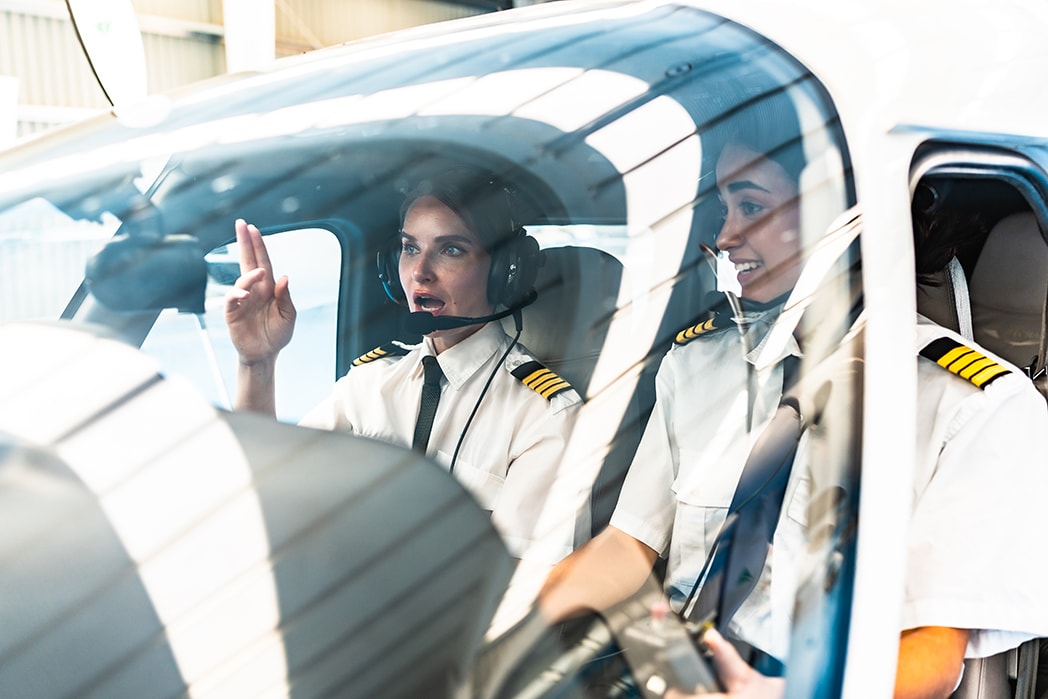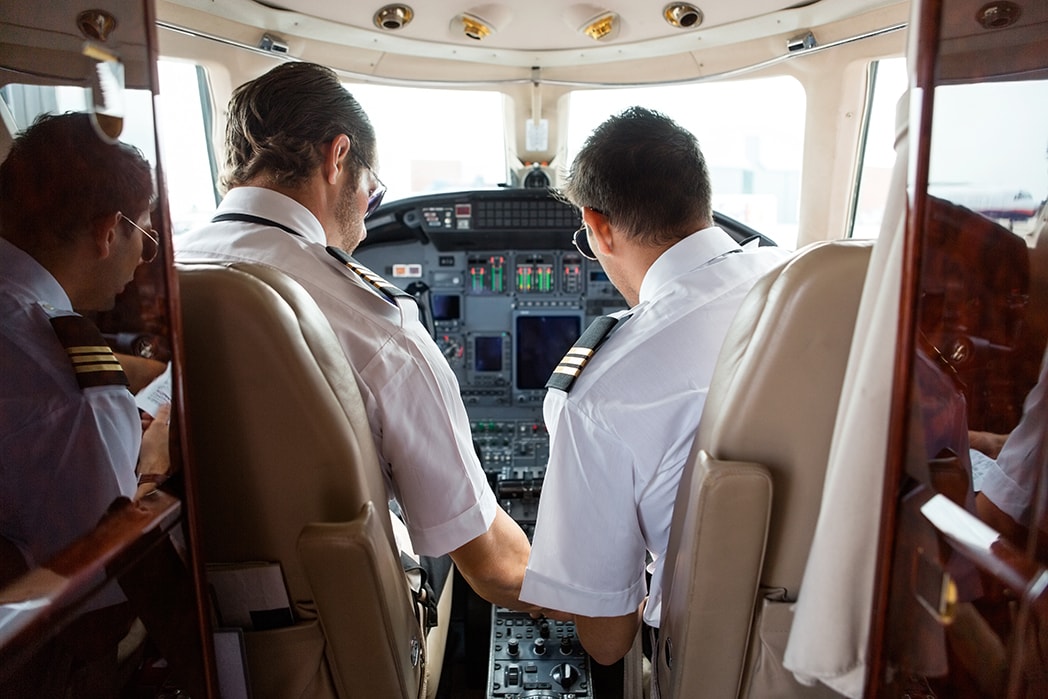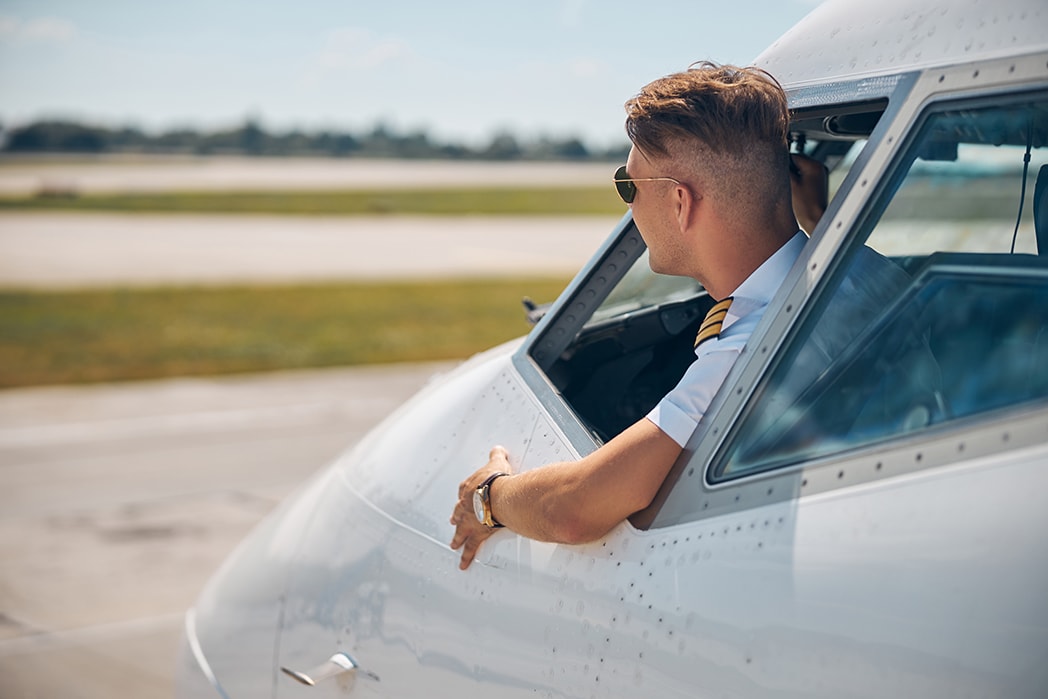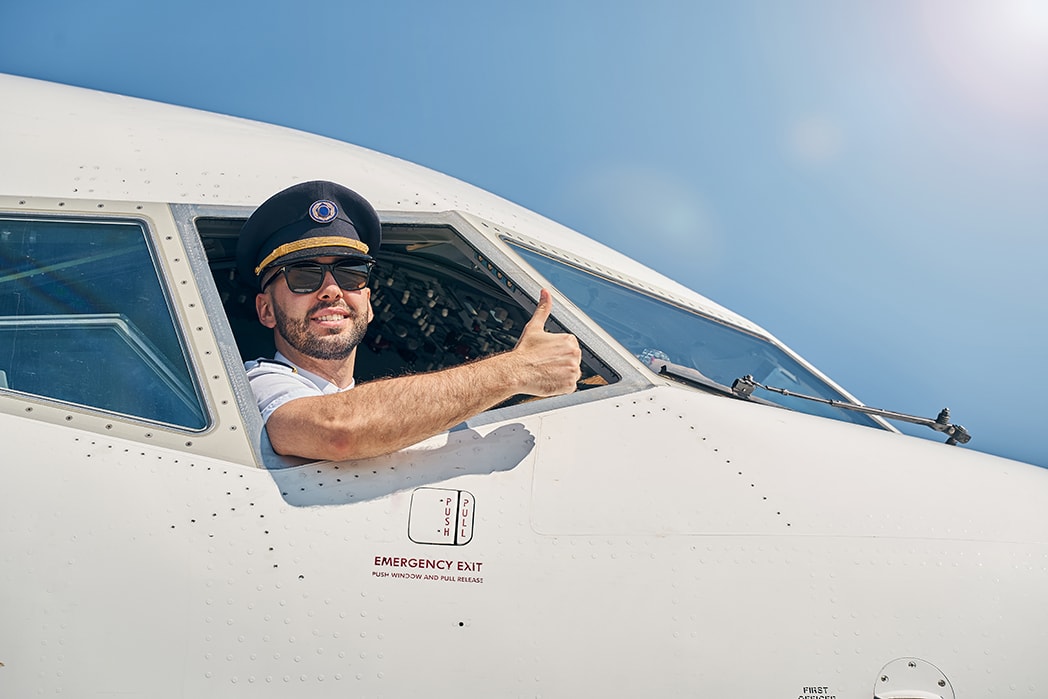Pilots Requirements: Essential Steps for an Aviation Career
Jul 11, 2025
Want to be a pilot? You need to meet pilot criteria and pilots requirements. You’ll need to get various flight certificates, complete hours, pass medicals and meet educational criteria. This article will walk you through these essential steps.
Key Takeaways
-
Aspiring pilots need to get various FAA certificates, starting with a Private Pilot certificate, then Commercial and Airline Transport Pilot certificates, each requiring more hours and training.
-
Flight training requires a big commitment, with hours increasing from 40 for a Private Pilot license to 1,500 for an Airline Transport Pilot license and medicals.
-
Training costs can be over $116,995 and while airlines prefer candidates with a college degree, becoming a Certified Flight Instructor can help you get the hours.
Understanding the Basics: Pilot Certificates and Ratings

The Federal Aviation Administration (FAA) issues several types of FAA pilot certificates, each a milestone in your flying journey.
First for aspiring pilots is the Private Pilot certificate, which allows you to fly solo and carry passengers but not for pay. As you progress you’ll aim for the Commercial Pilot certificate which allows you to be paid for your flying skills.
Flying big airliners requires the Airline Transport Pilot (ATP) certificate, the highest level of certification. Getting an ATP certificate takes a lot of time and dedication, including multi-engine privileges for those targeting commercial multi-engine airplane category rating aircraft and the airplane category.
Other certificates are:
-
Student
-
Sport
-
Recreational
-
Private Each with its own set of privileges and limitations. These certificates and ratings are the foundation of your flying career. Each step builds on the previous one, helping you develop the skills and experience to become a good pilot.
Flight Training Requirements

Flight training is the foundation of being a pilot. To get a Private Pilot certificate you need at least 40 hours of flight time, 10 of which are solo. This first phase is all about learning basic flying skills, often in a single engine airplane, and following FAA rules.
The Commercial Pilot certificate has more requirements, 250 hours of flight time including cross country and night flying. Understanding and meeting Commercial Pilot Standards is essential at this stage, as they define the training scope, safety benchmarks, and testing criteria required by the FAA.
Many pilots also pursue an instrument rating during this phase, which allows them to fly in low-visibility weather using only cockpit instruments.
The Airline Transport Pilot certificate is the top of the line, 1500 hours of flight time. This is to ensure you have the total experience to handle the responsibilities of an airline pilot. Meeting these flight training requirements is key to moving up in your aviation career.
Medical Qualifications for Pilots
Becoming a pilot is more than just flight hours and certificates; you also have to meet medical standards. A First-Class Medical Certificate for airline transport pilots requires:
-
20/20 in each eye with glasses or contacts
-
Hearing to understand a normal conversational voice at 6 feet
-
Color vision to identify necessary colors
Mental health is also a big factor. Conditions like psychosis or severe personality disorders can disqualify you from getting a medical certificate. If you have a history of substance dependence you must show proof of recovery for at least 2 years to be eligible; otherwise you may not be able to qualify.
It’s best to consult an FAA Aviation Medical Examiner (AME) for specific health restrictions and requirements.
Educational Background and Degree Requirements
Requirements and options for flight school:
-
High school diploma or GED required for flight school.
-
You can start training at 16.
-
Having a college degree especially in aviation is beneficial.
-
Associate Degree in Aviation can be completed in 1 year.
-
Bachelor’s Degree can be done while training for flight through online programs.
Airlines don’t require a college degree but they prefer candidates who have one. For example Delta prefers a 4 year degree for first officer position. You can complete a bachelor’s degree while working as a pilot through flexible online programs.
Gaining Flight Experience
Getting flight experience is key to meeting higher certification requirements and getting hired by major airlines. Becoming a Certified Flight Instructor (CFI) is a great way to get flight hours while training others. This role gets you flight time and improves your skills and knowledge.
Volunteering with organizations like Angel Flight or Civil Air Patrol is another way to get flight hours through public service missions. Planning personal cross country trips after you get your Private Pilot License (PPL) can also get you more flight time.
These methods can get you to the typical 1,500 hours of flight time required for commercial pilots in just 2 years. Getting diverse flight experience is key for student pilots and recreational pilots to meet the aeronautical experience requirements for further certifications, and improve your chances of securing airline employment.
Background Checks and Legal Considerations
Background checks are part of the hiring process for pilots. Airlines will disqualify applicants with felonies like espionage, terrorism or murder. Employment verification will verify your previous jobs and experience.
Substance abuse screening including drug testing is important for safety in aviation. A clean legal and employment record is key for aspiring pilots as you will be expected to meet these requirements.
Age and Career Timeline
The aviation industry has age requirements for pilots. You can start flight training at 18 but must be 21 to get an Airline Transport Pilot certificate. From zero experience it will take about 2.5 years to become an airline pilot covering all education and flight training.
The mandatory retirement age for pilots is 65 so you have a clear career timeline. After completing pilot training it will take about 18 months to get additional flight time.
Financial Investment in Pilot Training
Becoming an airline pilot is a big financial investment. The total cost to become a pilot from scratch is around $116,995 for flight hours, training materials and instructional fees.
Flight training costs vary widely depending on program type, location and aircraft. Luckily full financing is available through lenders like Sallie Mae for qualified students and some airlines offer tuition reimbursement and other financial support for flights.
Airline-Specific Requirements

Different airlines have different requirements for their pilots, often requiring candidates to meet certain flight hour thresholds. Major airlines have unique preferences, pilots who participate in pilot pathway programs that streamline the hiring process.
A Multi-Engine Rating is required for pilots who want to fly multi-engine aircraft and can be added to other pilot certificates.
Colleges with FAA approved aviation degree programs can issue Restricted ATP certificates, reducing the flight hours required for airline hiring.
Many pilots begin their careers at regional airlines to build experience before moving on to major carriers.
Understanding how each airline handles flight operations is essential, as procedures, safety protocols, and dispatch coordination vary across carriers and impact your day-to-day responsibilities as a pilot.
The Importance of Seniority in Aviation Careers
Seniority matters in aviation:
-
You get a seniority number when you’re hired and that determines your career path and job security.
-
Advancement from first officer to captain is based on seniority.
-
Captains make way more than first officers.
Seniority affects things like scheduling preferences, routes and vacation times. Higher seniority also gets you into the better crew bases and aircraft.
International Flying and Additional Certifications

Flying internationally requires additional certifications and health requirements. Pilots may need a yellow fever vaccination certificate when entering countries where the disease is prevalent. Check with the destination country’s embassy or consulate for up to date health requirements.
Proper documentation like the International Certificate of Vaccination is key to proving you’ve had the vaccination against diseases like yellow fever. Canadian pilots flying internationally also need to be aware of specific entry requirements which may include additional certifications.
Summary
Becoming an airline pilot is a journey of hard work, big investment and total commitment. From getting the right certificates and meeting medical requirements to gaining flight experience and airline specific requirements, every step counts.
As you move up the ranks, seniority becomes a big deal and affects your career progression and job security. With the right preparation and commitment, the sky is the limit.
Frequently Asked Questions
What is the first step to becoming a commercial pilot?
First step to becoming a commercial pilot is to get a Private Pilot certificate, which allows you to fly solo and carry passengers but not for pay. This is the foundation of your aviation career.
How many flight hours are required to obtain a Commercial Pilot Certificate?
To get a Commercial Pilot Certificate you need to have a minimum of 250 flight hours which includes specific cross country and night flying experience.
What medical qualifications are necessary for pilots?
Pilots need to get a First-Class Medical Certificate which requires 20/20 vision in each eye (with glasses if needed), sufficient hearing and adequate color vision. Mental health and substance abuse history is also assessed to ensure overall fitness to fly.
Do airlines require a college degree to hire pilots?
Many airlines prefer candidates with a college degree especially for first officer positions like Delta. While it’s not a requirement, having a degree will make you more hireable.
What is the cost to become an airline pilot?
To become an airline pilot you can expect to invest around $116,995 which covers flight hours, training materials and instructional fees. Big investment but worth it for your aviation career.
